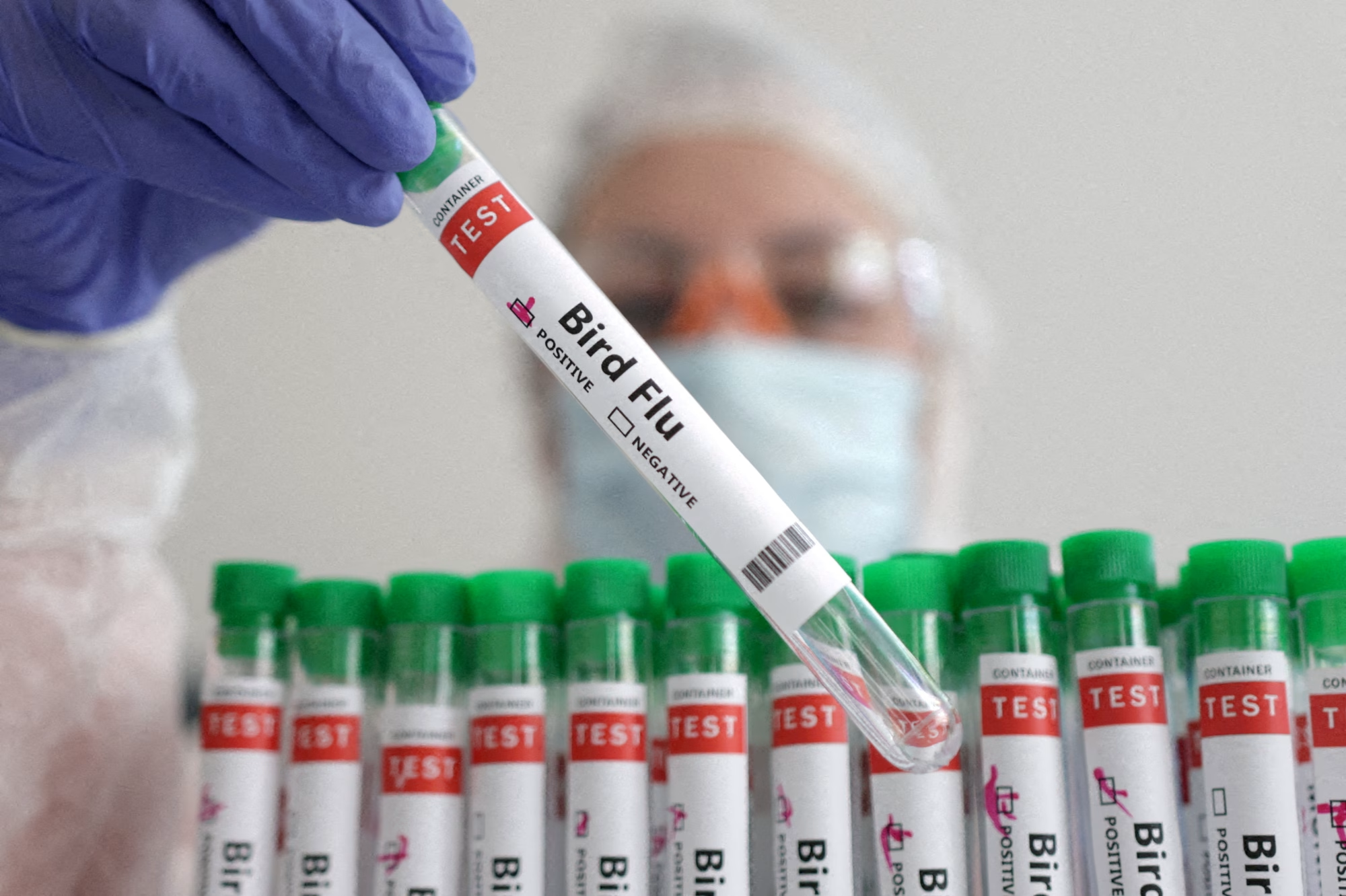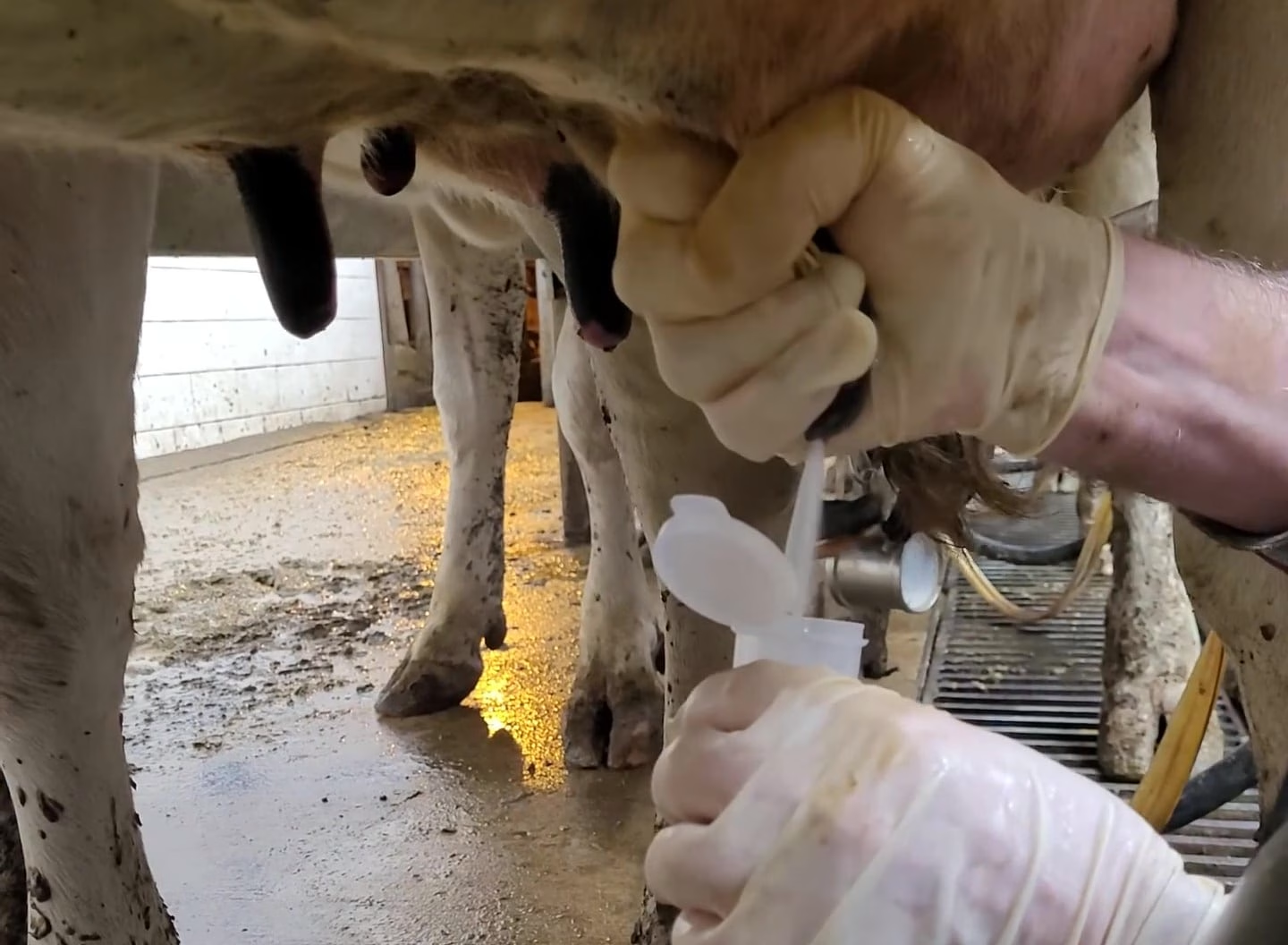Colorado’s new weekly milk testing mandate targets the H5N1 outbreak. Can it safeguard the state’s dairy and poultry industries?

Consider how a quiet opponent might endanger your livelihood. That is the reality for Colorado dairy producers as the H5N1 avian influenza spreads. The effect is significant, with 47 dairy farms and over 3.2 million birds depopulated. The Colorado Department of Agriculture requires weekly milk testing for all licensed dairy herds. Certified samplers will collect the samples, and positive dairies will be quarantined. “Mandatory milk testing is our best defense,” state authorities say. Compliance with these procedures is critical for all Colorado dairy farmers. As H5N1 approaches, remaining aware and cautious is vital.
Understanding the Threat: H5N1 and Its Implications
H5N1, often known as avian influenza or bird flu, is a highly pathogenic virus that primarily infects birds but may also infect humans and other animals. It is commonly spread by contact with sick birds, their saliva, nasal secretions, or excrement. The virus may also spread via infected surfaces or materials, such as food, drink, equipment, and clothes. The virus is a severe hazard to both animal and human health because of its high death rate and ability to cause severe disease.
In animals, especially chickens, H5N1 causes symptoms such as rapid mortality, nasal discharge, coughing, decreased egg production, and ruffled feathers. The disease’s effects may be severe, frequently involving the slaughter of whole flocks to prevent future spread. In humans, H5N1 infection may cause symptoms ranging from the common flu, such as fever, cough, sore throat, and muscular pains, to severe respiratory disorders, including pneumonia and acute respiratory distress syndrome. The fatality rate in humans is disturbingly high, with more than half of documented cases being deadly.
The current epidemic in Colorado is a stark demonstration of the virus’s lethality and the urgent need for management measures. With 47 confirmed cases on dairy farms, Colorado has the highest number of H5N1 infections in the United States. The state’s reaction, which included the depopulation of nearly 3.2 million birds and the mandatory quarantine of affected dairies, underscores the urgency of the crisis. Furthermore, documented instances of influenza A in five Colorado poultry and dairy farm workers highlight the virus’s zoonotic potential, stressing the need for strict biosecurity measures to safeguard animal and human health.
Proactive Measures: Weekly Milk Testing for Early Detection
The state veterinarian’s executive order requires weekly milk testing to guarantee early discovery and control of the H5N1 virus. This effort requires trained samplers with rigorous training and certification requirements to collect samples from all registered dairy herds. To ensure consistency and accuracy, the sampling process must follow defined standards, such as using sterile equipment and suitable handling practices to avoid contamination. After collection, the samples are delivered to approved labs for extensive analysis using modern diagnostic instruments. The findings of these tests are then rapidly transmitted to dairy owners and state authorities, allowing urgent reaction actions, such as quarantine or depopulation, to be undertaken as needed.
The Relentless Spread: Economic and Psychological Repercussions
The continuous spread of H5N1 has had a devastating impact on Colorado’s dairy and poultry industries. The forced depopulation of almost 3.2 million birds this month alone represents a significant economic blow, interrupting the supply chain and resulting in enormous financial losses. With 47 dairy farms verified to be infected, the state has the most crucial number of recorded cases nationwide, emphasizing the outbreak’s urgent severity inside its boundaries.
The economic cost to the industry cannot be emphasized. Dairy and poultry farmers experience an immediate loss of animals and subsequent revenue due to lower output. Although required for containment, quarantine procedures and testing methods exacerbate operations, generating a ripple effect that affects feed suppliers, transportation enterprises, and local economies that rely on these sectors. Furthermore, the psychological toll on farmers coping with the ongoing danger to their livelihoods is significant and sometimes unquantifiable.
The interconnectedness of the dairy and poultry sectors exacerbates the problem. Spillover infections highlight the critical need for stringent biosecurity measures. Detecting H5N1 in 47 dairy farms necessitates immediate action to avoid future spread and preserve the remaining intact animals. Against this context, the importance of the state’s severe testing and quarantine protocols becomes clear. These measures act as critical steps in preventing an even worse calamity, underscoring their importance in the fight against H5N1 avian influenza.
Human Health at Stake: Addressing the Alarming Risks and Necessary Precautions
As concerning as the situation is for the animals involved, the potential effect on human health cannot be ignored. Confirming five influenzas: A situation involving poultry and dairy farm workers raises serious concerns. Although the number of human transmissions has been restricted so far, quick and thorough action is required to avert a more significant pandemic.
H5N1 poses considerable health hazards. While primarily an avian illness, the virus may infrequently infect people, resulting in severe effects. Infection is often spread by direct or intimate contact with infected birds. However, if people get infected with the virus, it may cause serious respiratory problems and, in some instances, death, as earlier studies from other places have shown.
Several safeguards have been put in place to reduce these dangers. First, stricter biosecurity standards are being implemented across dairy and poultry farms. Workers must use personal protective equipment (PPE), such as masks, gloves, and outerwear, to avoid direct contact with possibly diseased animals. Furthermore, thorough sanitary measures are in place to ensure that any equipment and clothing that comes into touch with the cattle is adequately disinfected.
Routine health tests are now required of all agricultural workers, and anybody displaying flu-like symptoms is promptly separated and investigated for medical reasons. State health agencies have also worked with local healthcare institutions to be on high alert for respiratory diseases, ensuring that possible H5N1 cases are recognized and treated quickly.
Furthermore, a continuing effort is being undertaken to educate agricultural workers about avian influenza symptoms and the necessity of early detection. The state hopes to safeguard farm labor and the larger community from spreading this powerful virus by creating a feeling of alertness and commitment to safety measures. The proactive approach of integrating obligatory testing with strict human health precautions is a complete method to combat this multifaceted danger.
Ensuring Compliance: Robust Enforcement and Penalties for Non-Adherence
This testing obligation will be strictly enforced to guarantee compliance across all licensed dairy herds. Dairies that fail to meet the weekly testing standards will risk hefty civil fines, which act as both a deterrent and a reminder of the seriousness of the problem. The sanctions are intended to be significant enough to motivate compliance while also reflecting the possible public health risk caused by non-compliance. Beyond financial consequences, dairies found in breach may face operational difficulties, such as quarantine procedures, which may significantly limit their production and distribution capacity.
The Colorado Department of Agriculture is critical in monitoring and maintaining compliance with these new testing methods via its specialized enforcement offices. These authorities perform frequent inspections, supervise the collection and analysis of milk samples, and enforce punishments against non-compliant dairy operations. Their efforts are backed by legal and administrative measures, allowing speedy action against violators. The primary purpose of these enforcement actions is preventative rather than punitive: to slow the spread of H5N1 and protect both animal and human health.
The Bottom Line
Mandatory milk tank testing is critical to preventing the spread of highly dangerous avian influenza in Colorado’s dairy and poultry industries. The state intends to protect both businesses by implementing stringent weekly testing methods, emphasizing the need for early discovery. This approach underscores the need for monitoring and cooperation among all stakeholders, including dairy farmers, poultry producers, and health authorities. Protecting public health and ensuring the resilience of these agricultural industries requires an unwavering commitment to testing protocols. The more significant effect includes a strengthened agrarian system better equipped to deal with future pandemics via preventative measures and enhanced biosafety regulations. A collaborative strategy is necessary to address the significant environmental and community well-being impact. Supporting these regulations helps shield sectors from crises and ensures a stable agricultural environment for future generations. Let us commit to our shared duty with the determination that it requires.
Key Takeaways:
- Mandatory weekly milk tank testing for all licensed dairy herds.
- Certified samplers will collect milk samples, with positive results leading to quarantine measures.
- Over 3.2 million birds have been depopulated in response to the virus.
- H5N1 confirmed in 47 Colorado dairy farms, the highest number of cases nationwide.
- Human health risks identified, with five influenza A cases in farm workers.
- Non-compliance with testing mandates will result in civil penalties.
Summary:
Colorado dairy producers are facing a significant threat as the H5N1 avian influenza spreads, causing over 3.2 million birds to be depopulated and 47 dairy farms to be quarantined. The state Department of Agriculture requires weekly milk testing for all licensed dairy herds, with certified samplers collecting samples and positive dairies quarantined. H5N1, also known as bird flu, poses a severe hazard to animal and human health due to its high death rate and ability to cause severe disease. The lethality of the virus and the urgent need for management measures have been highlighted in Colorado, with 47 confirmed cases on dairy farms. The interconnectedness of the dairy and poultry sectors exacerbates the problem, with spillover infections underscoring the need for stringent biosecurity measures.













